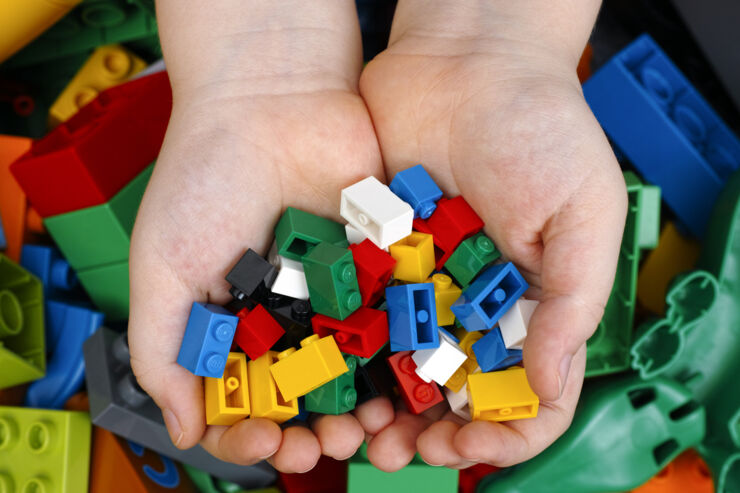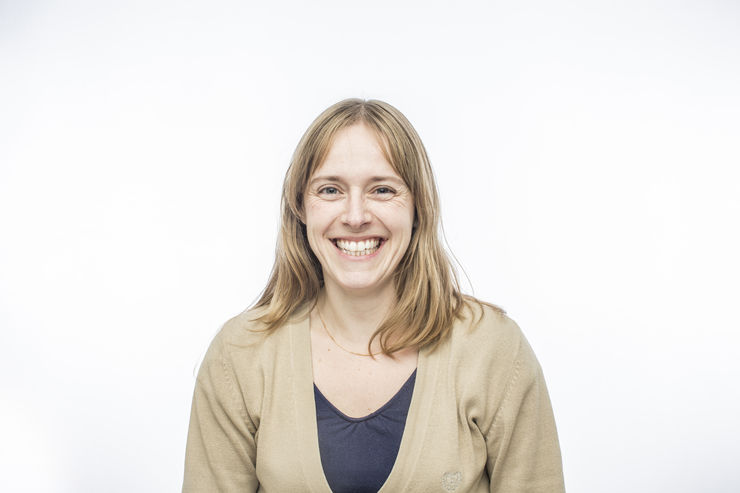Can we live without Lego?
More than 600 children are participating in the research project. In the project, the 120 preschool teachers are working with a special model that they use to create encounters with the children and impart knowledge about what sustainable development is, why it is important, and who can act to change things. The model has been developed at Linköping University and is known as the “EPOSEA” model, an acronym for “ecology, pluralism, organisation, the social perspective, economy and actors”.
It is intended to help the teachers weave together and integrate various aspects of sustainability, and to ask questions that can lead to discussion and stimulate the children to think.
“You can start by focussing on anything at all: a potato, an eagle or a Lego brick. Based on the item, we ask questions, such as where does the Lego brick come from? How is it made? What is it made of? How do people live where the Lego brick is made? Can we live without Lego? We use this method rather than simply telling the children that ‘This is a Lego brick made of plastic, which is not so good’”, says Jenny Helsing.
 Do we need lego bricks? Photo credit Ekaterina79
Do we need lego bricks? Photo credit Ekaterina79
But using a model when working with small children has not been easy for the teachers. And it was particularly difficult when it concerned a topic that they previously had not studied in depth. Furthermore, the researchers were all the time present in the background, which means that the teachers felt somewhat stressed, and were being used as guinea pigs.
“The teachers at times reacted with ‘Good grief – this is hard!’. It wasn’t until we realised that we are experts in different things that it started to get easier. The teachers are experts at working in a preschool, and the researchers are experts in sustainable development. This was an eye-opening experience, and gave us a bit more courage when using the model’s perspective”, says Jenny Helsing.
Give the children real influence
The preschools were working with the theme of sustainability even before they became part of a research project. And it was when one of the parents, who happens to be a researcher at LiU, found out about this that the ball started to roll.
“‘Why can’t we researchers get involved?’ That was my first thought when I heard that the preschools were planning to work with the topic of sustainability. It was really exciting”, says Therese Asplund, who works with climate and environmental change at Linköping University. Therese Asplund Photo credit David Einar
Therese Asplund Photo credit David Einar
Shortly after this, the researchers and the preschools met for a discussion. This was followed by Therese Asplund and her colleague Ann-Sofie Kall, who works on environmental research at Jönköping University, submitting an application to Formas, a governmental research council. They received a research grant for four years to collaborate with preschools in issues of sustainability.
The aim of the project is to increase our knowledge into how preschools can work with societal realignment. Another aim is to study the roles that language and narrative play in work with the green transition towards the UN’s sustainable development goals.
“The UN’s sustainable development goals state that everyone is to work towards the goals. This research project is one way to work with the coming generation. We want to equip the children to deal with the complexity of sustainability, while at the same time ensuring that they feel secure when facing the questions. I’m sure that we can make a difference in the long run”, says Ann-Sofie Kall.
Preschool manager Jenny Helsing says that the children enjoy the work: it gets them out into the natural world and stimulates their fantasy. But at the same time the teachers sometimes find it difficult to achieve a balance.
“We do not in any way want to arouse fear in the children about the state of the world. This is why we instead try to give them the feeling that they can influence things.”
